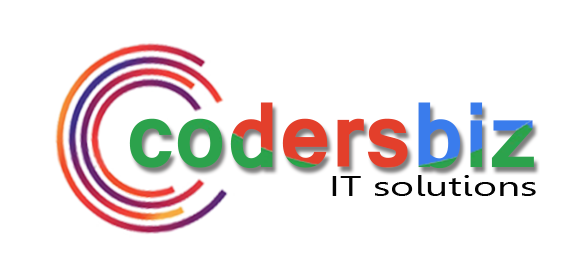Keyword Research:
- Begin by conducting extensive keyword research to identify relevant search terms that potential customers use to find products or services similar to yours.
- Create a list of keywords with varying levels of competition and search volume.
Campaign Strategy:
- Develop a comprehensive PPC campaign strategy that aligns with your business goals. Determine the platforms you want to advertise on (e.g., Google Ads, Bing Ads, Facebook Ads, LinkedIn Ads) based on your target audience and industry.
Ad Campaign Setup:
- Create and configure your PPC advertising campaigns on the chosen platforms.
- Develop ad groups and campaigns based on specific keyword themes, products, or services.
Ad Copywriting:
- Craft compelling ad copy that includes relevant keywords, clear value propositions, and strong calls to action (CTAs).
- Use ad extensions (e.g., site links, callouts, structured snippets) to enhance your ads and provide additional information.
Budget Management:
- Set daily or monthly budgets for your PPC campaigns to control spending.
- Monitor and adjust budgets based on campaign performance and goals.
Bid Management:
- Determine how much you’re willing to pay for each click (bid) on your keywords.
- Utilize bidding strategies like manual bidding, automated bidding, or target return on ad spend (ROAS) to optimize your ad spend.
Landing Page Optimization:
- Ensure that the landing pages your ads direct users to are relevant, user-friendly, and optimized for conversions.
- Conduct A/B testing to improve landing page performance.
Ad Scheduling:
- Adjust ad scheduling to display your ads at times when your target audience is most active and likely to convert.
Geo-Targeting:
- Implement geo-targeting to show your ads to users in specific locations, helping you reach your ideal customer base.
Ad Extensions:
- Use ad extensions to provide additional information, contact details, and links to relevant pages on your website.
Conversion Tracking:
- Set up conversion tracking to measure the actions that matter most to your business, such as form submissions, product purchases, or phone calls.
Ad Testing:
- Continuously test different ad variations to improve click-through rates (CTR) and conversion rates. Experiment with different headlines, ad copy, and images.
Negative Keywords:
- Add negative keywords to your campaigns to prevent your ads from showing for irrelevant search queries.
Quality Score Management (Google Ads):
- Focus on improving your Quality Score in Google Ads, as it can affect ad rankings and costs.
Ad Performance Analysis:
- Regularly monitor campaign performance, analyzing key metrics such as click-through rate (CTR), conversion rate, cost per click (CPC), and return on ad spend (ROAS).
Optimization and Adjustment:
- Based on performance data, make ongoing adjustments to optimize your campaigns. This includes adjusting bids, refining ad targeting, and tweaking ad copy.
Competitor Analysis:
- Keep an eye on your competitors’ PPC strategies to identify opportunities and stay competitive.
Reporting and Analytics:
- Generate regular reports to track the ROI and effectiveness of your PPC campaigns.
- Use data to make informed decisions and refine your strategy.
Remarketing and Retargeting:
- Implement remarketing and retargeting campaigns to re-engage with website visitors who didn’t convert initially.
Ad Compliance:
- Ensure that your ads comply with platform guidelines and industry regulations.
PPC services require ongoing management and optimization to maximize ROI. Working with a certified PPC specialist or agency can help you navigate the complexities of PPC advertising and create successful campaigns that align with your business objectives.
